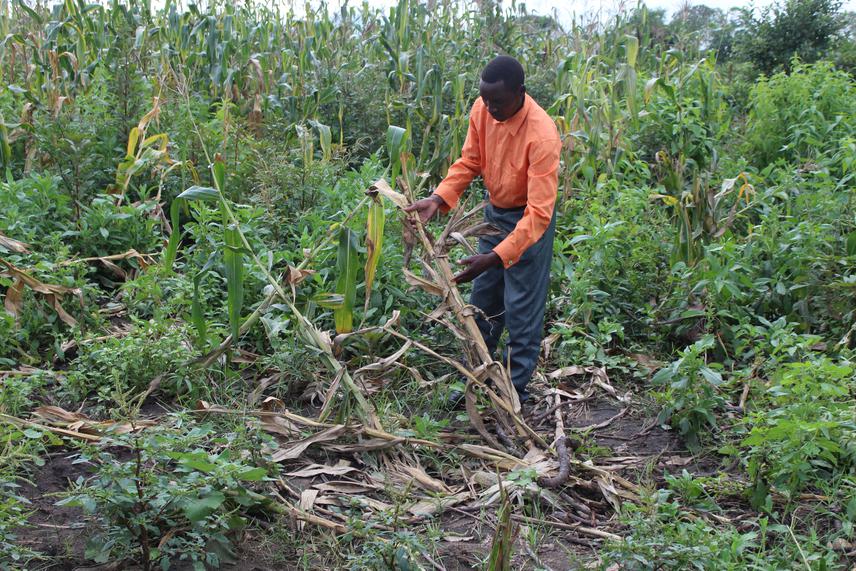Emmanuel Stephen Lekundayo
Human elephant conflict is a major problem in villages bordering Rukwa-Lwafi Game Reserve. Most households in these villages relies on agriculture for their livelihoods. Human elephant conflict has significantly increased over the recent years and has been escalated by increasing land transformation for agriculture and livestock keeping. This transformation is being driven by the ongoing agropastoral immigration into western Tanzania landscape.

To this far, farmers and local stakeholders have trialled several methods, but the challenge remains. Through this study, we are going to seek local input to examine the extent of human-elephant conflict around Rukwa and Lwafi Game Reserve in Western Tanzania. We will assess social and economic impact of human elephant conflicts on agro-based livelihood around RLGR, identify drivers of human-elephant conflicts and also explore the effectiveness of the existing mitigation measures on agro-based communities bordering Lwafi –Rukwa Game Reserve. The study will further explore peoples’ opinions, attitudes and perceptions towards LCLU changes, wildlife especially elephants, willing to participate in elephant monitoring and their views towards areas strictly reserved for wildlife.
Information that will be obtained as results of this study will help conservation scientists and practitioners to [1] Understand the persistent gaps in ecological data and complex conflicts between elephant conservation and human livelihoods around RLGR; [2] Estimate the cost value of crop loss incurred by farmers and the major drivers of human elephant conflict in the area; [3] Explore the nature and extent of these conflicts and assess the effectiveness of the existing conflict mitigation efforts, through which this project will suggest better ways of reducing HEC; [4] Capture the extent and variability in attitudes to, and perceptions of, wildlife conservation among local communities, critical to determining effective future conservation programs/approaches in the area; [5] Propose establishment of village level land use policies based on the results that can reduce HEC around RLGR; [6] Analyse land cover and land use changes in RLGR using multi-temporal Landsat data for the period of 1972–2019 to interpret and detect spatial and temporal land cover changes, cropping patterns and identify conflict zones that need intervention; and lastly ensure inclusion of human-wildlife conflicts management in larger conservation and district development objectives for the benefit of both wild animals and people’s well-being.